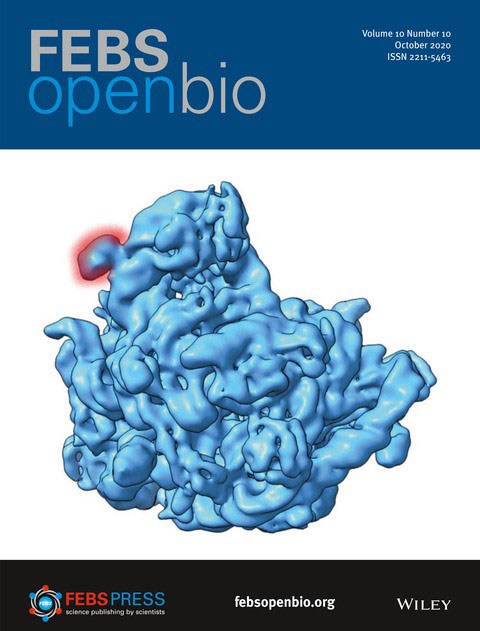Recognition & Honors
Seamus Curran (Physics) developed a nanotech coating designed to allow air filters to capture airborne or aerosolized droplets of the virus that causes COVID-19. The coating works by capturing liquids which encase the virus particles while still allowing air to flow through unimpeded. That allows ventilation systems to remove the virus during normal operation, without retrofitting or limiting the system’s ability to draw fresh air. The coated filters are currently installed in one public building in New York City. They have been tested for static pressure suitability and rated positively.
Curran’s company Integricote has been named as one of the 2020 MassChallenge Texas in Houston Top 10 finalists. The 10 companies competed in a final round of judging on October 9 for up to $250,000 in equity-free cash prizes. The top 10 were selected from the MassChallenge Texas’ accelerator program held from June-September that involved 56, high-impact startups vetted by a community of more than 500 expert judges. The awards ceremony for the competition will be held on October 22.
Loi Do (Chemistry) has been funded as one of the co-principal investigators of a new, multi-institutional Center for Integrated Catalysis. The NSF awarded $1.8 million to six researchers from four different universities to collaborate and create the center. This joint venture gives the collaborators the ability to work on science they cannot do individually, drawing on the strengths of different investigators to work on challenging, high-risk high-reward ideas. The research by Do and his collaborators will focus on taking abundant, simple molecules, such as carbon dioxide and ethylene, and converting them to useful materials, such as plastics, in a streamlined way.

George Fox, Madhan Tirumalai, and Quyen Tran (Biology & Biochemistry), along with colleagues at Baylor College of Medicine, published a paper in FEBS Open Bio. An image from the work was selected for the cover of the October issue. The paper addresses the first cryo-electron microscopy map of the ribosomes from Halococcus (Archaea) and related species, obtained at subnanometer resolution of 6.4 angstroms. The addition (or deletion) of ribosomal segments, is varied across biology, while the central core of the ribosomes is universally conserved. Understanding the evolution of the ancient macromolecules, namely the ribosomes is thus strongly coupled with the ‘origins of life.’
Omprakash Gnawali (Computer Science) led an initiative to create free video lessons for children in his home country of Nepal during the pandemic. The videos prepare students for their national exam which is a pathway to scholarships and advanced education. In the span of a month, eight UH current students and alumni developed 350 videos for YouTube and a website to store the videos.
Jiajia Sun (Earth & Atmospheric Sciences) led efforts to organize a machine learning workshop with a focus on mineral exploration, the first of its kind in the history of Society of Exploration Geophysicists annual meetings. The workshop took place virtually on October 15. Machine learning has found successful applications in geophysics, such as seismic fault interpretation, salt body detection, facies classification, and stratigraphy analysis. However, the applications of machine learning/AI to mineral exploration have been modest and have not yet reached the full potential.
Julia Wellner (Earth & Atmospheric Sciences) and researchers with the International Thwaites Glacier Collaboration mapped channels underneath the glacier with bathymetry data to better understand how warm water melts the glacier. The data was recently published in The Cryosphere. By examining retreat patterns over this sea-floor terrain, they will be able to help numerical modelers and glaciologists in their quest to predict future retreat.
